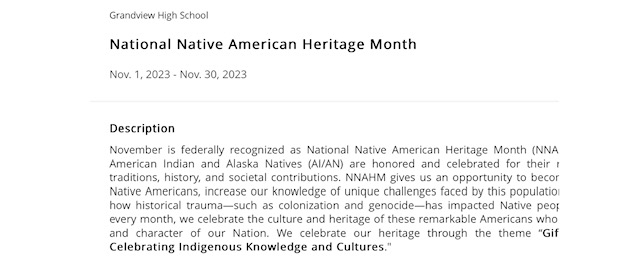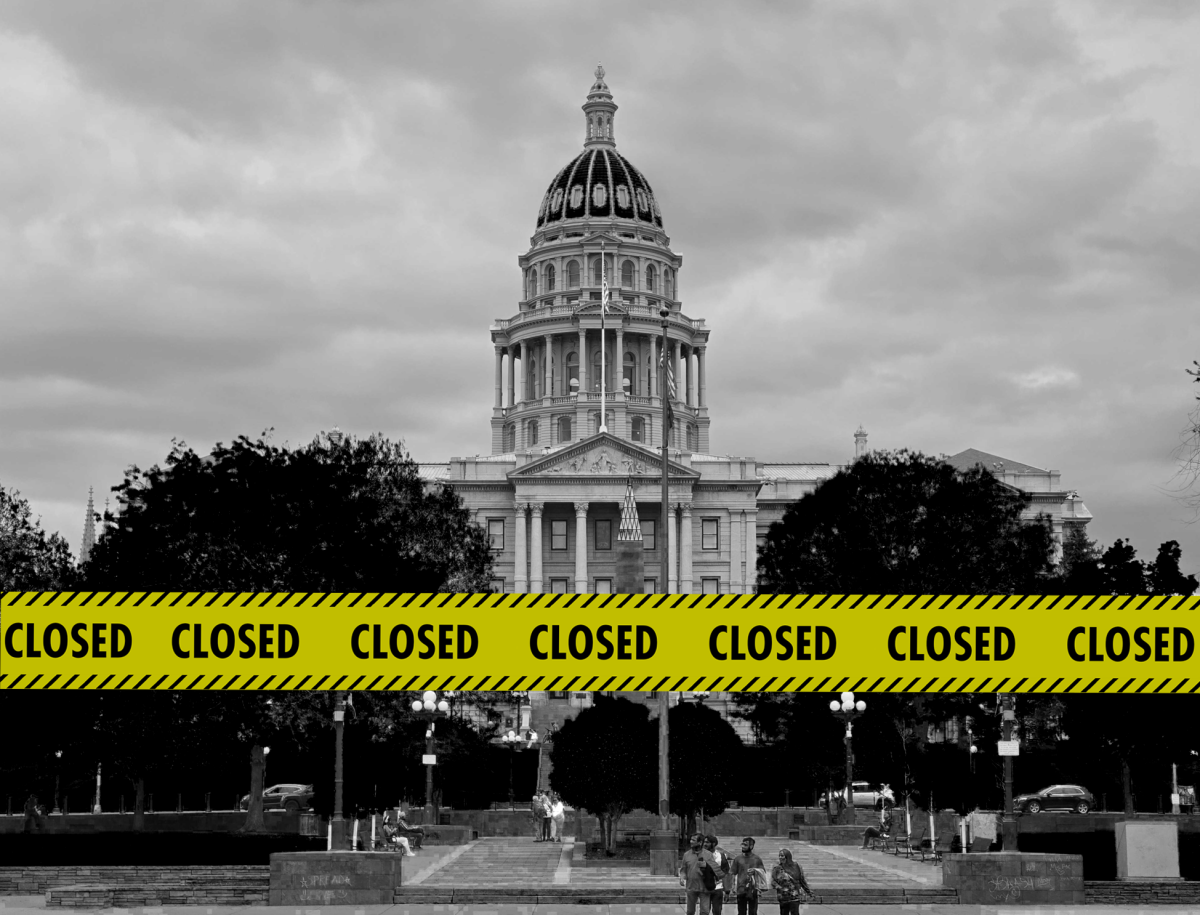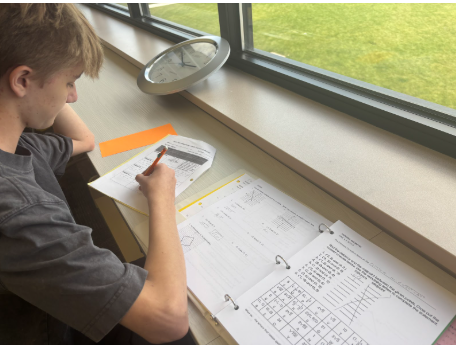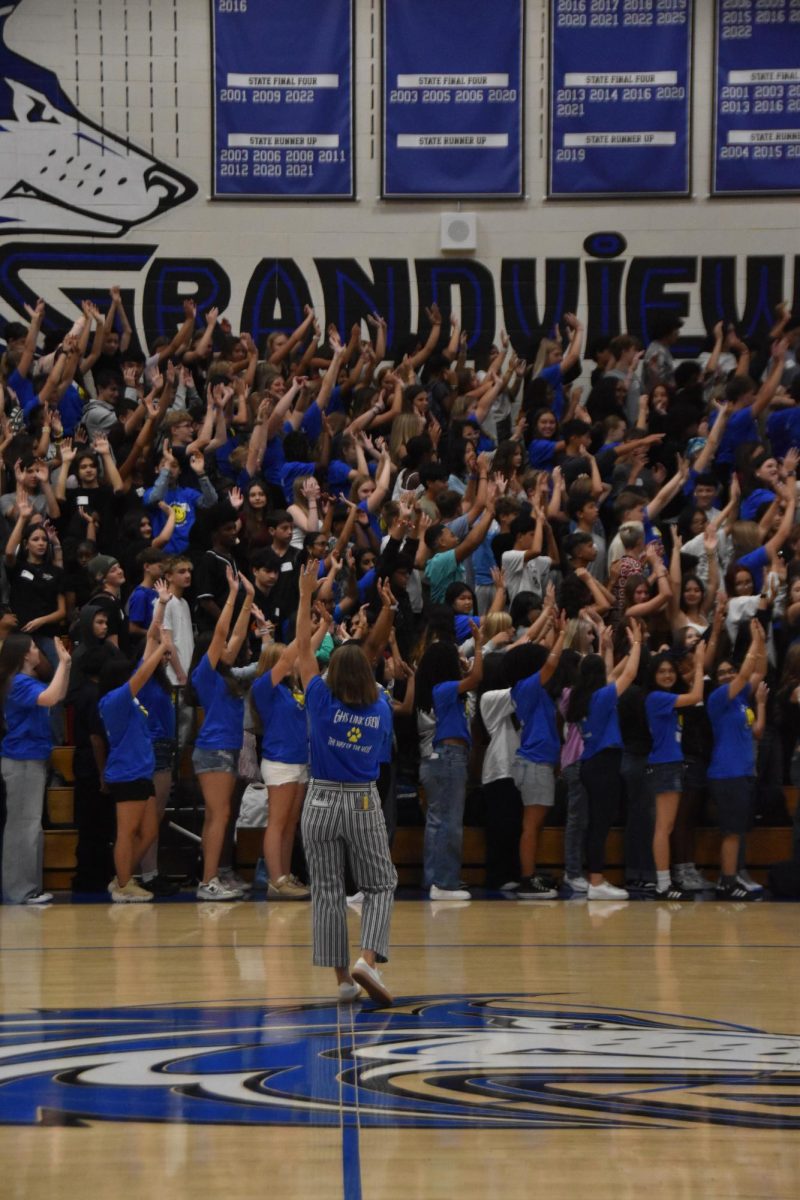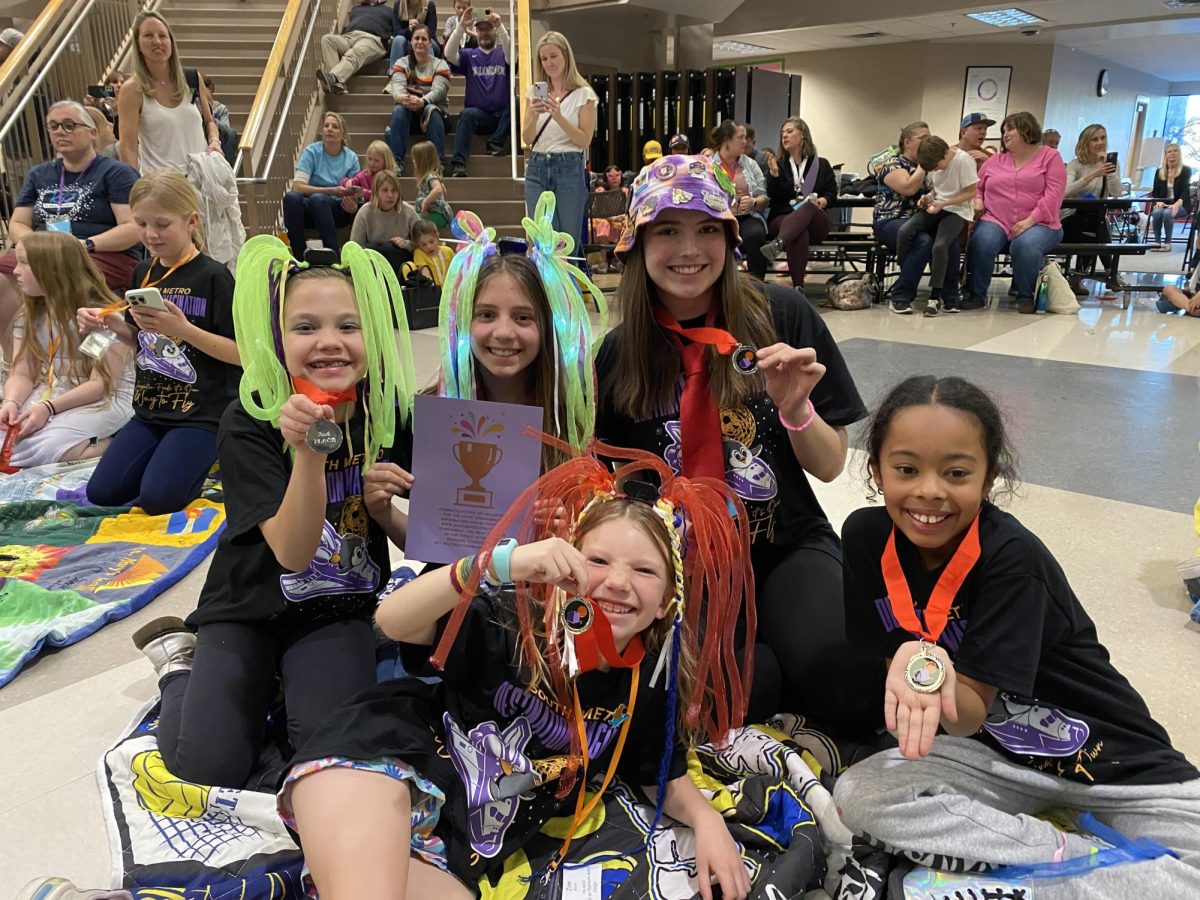Land acknowledgement is about more than just land. It is about recognizing the history of our state. Events like the Sand Creek Massacre were monumental in Colorado’s history and continue to be part of the present.
“I think acknowledging the past and acknowledging wrongdoings, is important in moving forward into a more unified future,” Katelyn Lyn-Kew 2019 Alumni said.
Although there are many land agreements between the federal government and native tribes there are still many conflicts. Colorado has many valuable resources that are wanted by both American settlers and Natives.
“At the time of exploration, it’s valued. At the time of westward expansion once the United States got going, and pursued westward that greed factor came into play,” Social Studies teacher Christine Decker said.
The native people of Colorado were nomads who didn’t stay in one place for long, but instead knew the land in its entirety
Native Americans knew not only how to cultivate the land, but how to treat illnesses with it as well.
“When they were forced to relocate and move to a land that’s foreign to them,” Decker said. “It’s starting from ground zero, relearning everything, and some of that learning took generations.”
It’s not ideal that Native Americans have to bear the burden of fighting for recognition for the land that the United States was built on.
“I think that like any other minority we want to be talked about,” junior Kennedie Birdbear said. “That’s why Native American Heritage Month is so important.”
It’s crucial to prioritize better education on land acknowledgement for Native Americans.
By increasing awareness and gaining a larger understanding, we could foster a greater sense of recognition and respect for the rich history that Native American have with Colorado land.
“US government standards, board standards that really implement the comparison between our state government as well as our tribal governments and that recognition too,” Decker said. “How are they different? How are they similar? And how do they work together?”
There are at least 10 tribes native to Colorado: the Navajo, Apache, Pueboans, Ute Mountain Ute Tribe, Ute people, Comanche, Kiowa, Cheyenne, Arapahoe, and the Shoshone.
In Boulder Colorado at CU Boulder they acknowledge that they are on the land that once belonged to many Native Americans and their ancestral homes.
“Land acknowledgement on some of our signage and just building that awareness,” Social Studies teacher Emily Muellenberg said. “I think people with Native American heritage are often overlooked.”
Additionally it is important to be able to recognize all the different cultures individual native tribes have.
It is a necessity to recognize the different Native American cultures and their individual aspects.
“TV and media. That a lot of people grew up with over-simplifications,” Muellenberg said. “[There are] hundreds of tribal groups and they don’t speak the same language and they don’t practice the same religious beliefs. And so understanding that there is diversity is hugely important.”
Education will help with correcting the misconceptions out there surrounding Native American land acknowledgement.
“The common ones are that we just ride around on horses and like buckskin skirts and bows and arrows,” Birdbear said.
Arapahoe highschool performed a ceremony to correct the issues with their mascot back in 1993.
“They used to have a derogatory, offensive, cartoonish mascot, and then the Arapaho Tribal Nation actually contacted the school.” Muellenberg said. “Now they have a really nice partnership and they even do student exchanges.”
Land acknowledgement should not be political. It should be because it is the right thing to do.
Land acknowledgment is about more then politics, and should be acknowledged as more then that.
“Adopting a land acknowledgement is something that has really benefited other institutions, and I think it would benefit Cherry Creek Schools [as well], “ Lyn-Kew said.


